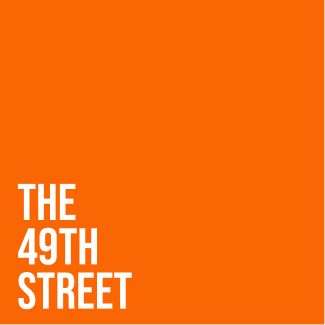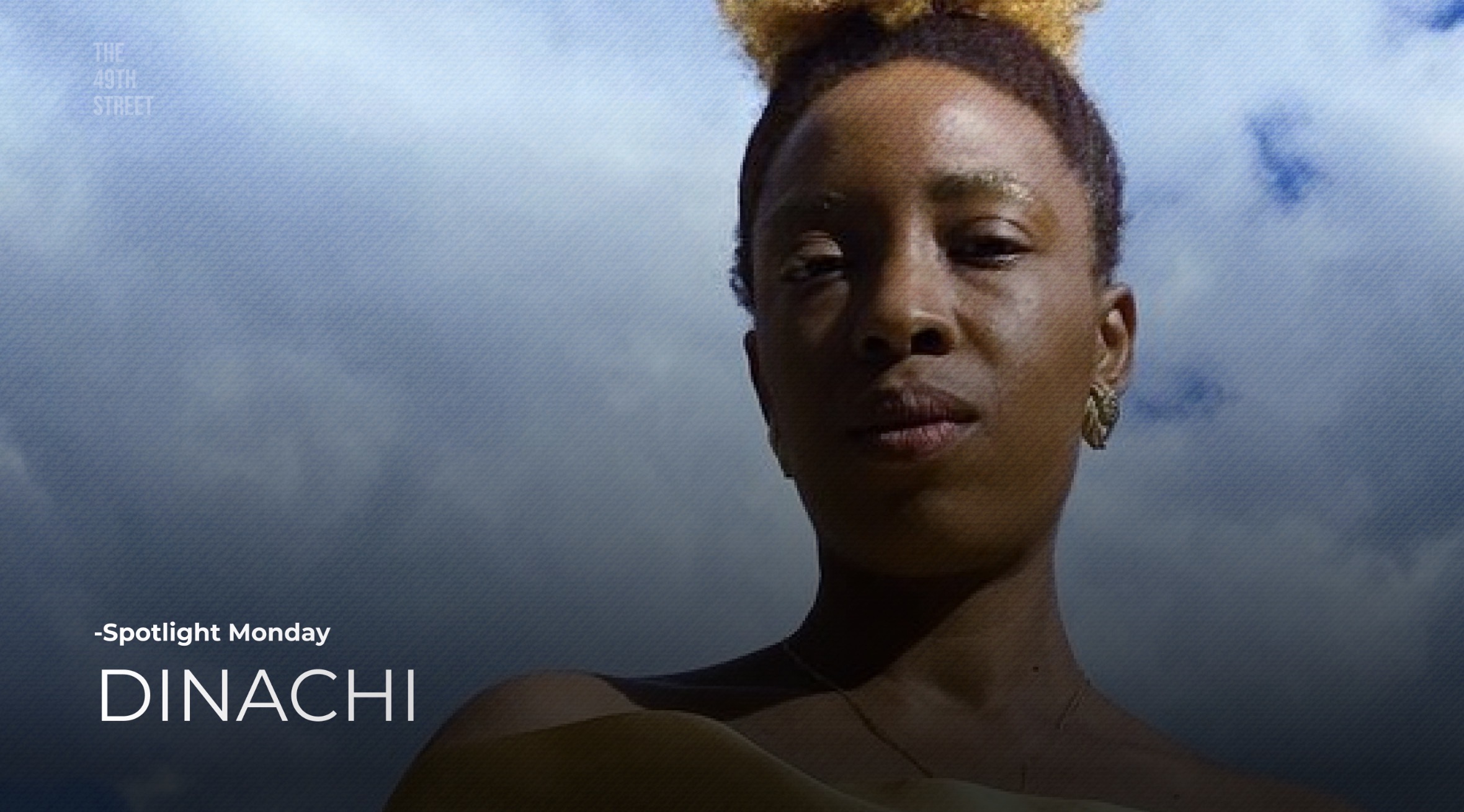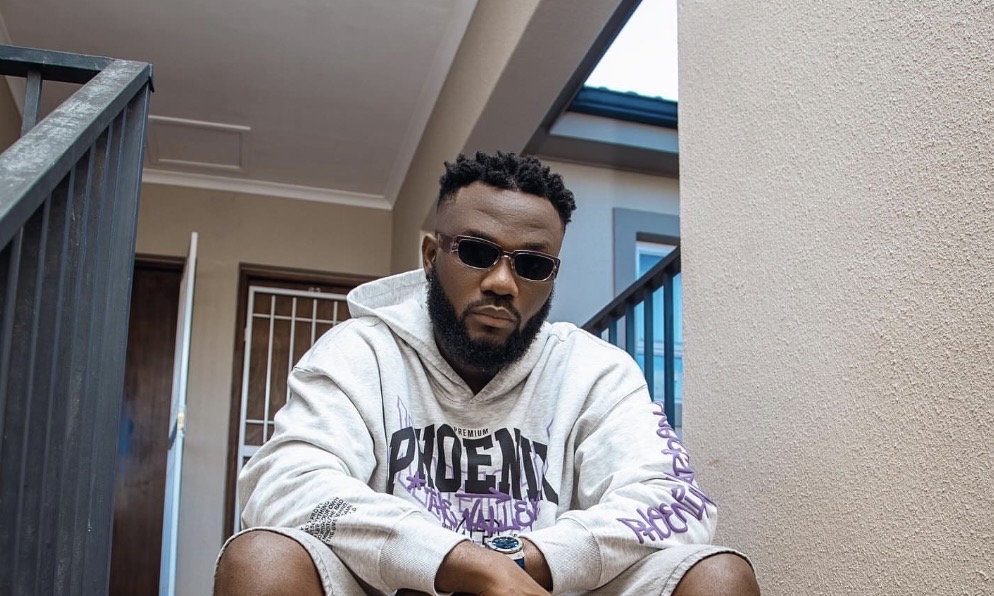by Adedapo Adeniyi
In the mid-1950s, the creative scene in Nigeria saw an insurgence in the amount of literary works and plays that were being released in the country, and Ulli Beier, Phonetics teacher at the University Of Ibadan was the mind behind it, starting the Black Orpheus in 1957, Africa’s first literary journal in English.
The magazine published contemporary work from writers in the country and outside it, Wole Soyinka being among the writers who were heavily involved with the magazine, even functioning as editor for it, other writers who worked with the Black Orpheus or had their work featured were Chinua Achebe, J. P. Clark, D. O. Fagunwa, some of the most prominent writers in Nigeria’s literary history.
Although the magazine ceased publication in 1975, in 1961, Ulli Beier planted the seeds for something else that would live forever in the legacy of Nigerian arts, the Mbari Club. The Mbari Club, founded in Ibadan by Ulli Beier, thrived with the help of Soyinka and other influential artists of the time.
Visual artists like Bruce Onobrakpeya and Uche Okeke, the famed architect Demas Nwoko, poet Christopher Okigbo, children’s writer Mabel Segun, legendary writers Chinua Achebe (who named the Club after the Mbari ceremony of the Owerri Igbo people) and Amos Tutuola, musicians Sunny Okosun and even Fela Kuti, who made his debut as bandleader at the club.
The club boasted of diversity in every art field, and diversity in race as membership of the club wasn’t exclusive solely to Nigerians but to some other African artists such as Ibrahim el-Salahi, Ezekiel Mphahlele and Alex La Guma. Hosting exhibitions, plays, operas, readings, and even lectures from these now-renowned artists, the Mbari Club was for the people, a home for the growing art in post-independence Nigeria.
Mbari also published works of the writers and artists in the club, and even Black Orpheus became a Mbari publication in 1961. Several books including Uche Okeke’s Drawings, J.P Clark’s Songs of a Goat and Poems, Christopher Okigbo’s Heavensgate and Limits, Three Plays by Wole Soyinka, Three Yoruba Plays by Duro Ladipo were published at the time.
The Club quickly positioned itself as the representative for alternative arts in Nigeria, tackling political and artistic themes, experimenting with their forms, and preaching decolonization and freedom of expression, all while holding together themselves and the integrity of culture. The Club’s artists came together to help each other in their previous arts, with the visual artists(Onobrakpeya, Okeke) designing book covers and illustrations for the writers, architects (Nwoko) designing stages for playwrights, musicians scoring plays, the Club became an amalgamation of everyone and their talents.
Bruce Onobrakpeya cover for Wole Soyinka’s Forest Of A Thousand Daemons, English translation of D.O Fagunwa’s Ògbójú Ọdẹ nínú Igbó Irúnmọlẹ̀.
As several of the artists came from different areas of Nigeria and art schools or societies in Zaria, Oshogbo and Nsukka, they were all informed in tradition and historical roots, spiritually and mentally, with them bringing these sensibilities to the mainstream in their crafts and going on to change and influence the future of the arts through it.
In literature, Wole Soyinka would go on to become the first black African to with the Nobel Prize for Literature, Chinua Achebe’s Things Fall Apart quickly became the most celebrated African work of literature, Amos Tutuola’s The Palm-Wine Drinkard, a novel that broke new ground with its distinct language(for his use of broken English and pidgin) and absence of conventional style and form, became the first African novel published in English outside of Nigeria.
In music, Fela Kuti, who was also Soyinka’s cousin, would eventually create Afrobeat, and completely revolutionize African music and performance, even modelling his Afrika Shrine in Lagos after the Mbari Club headquarters in Ibadan. In visual art, Bruce Onobrakpeya, in his printmaking and sculpture experiments, would go on to innovate art styles such as the Bronzed lino Relief, Plastography and Ivorex, styles that heavily influenced the processes in Nigeria and the Western world.
To say the Mbari Club hasn’t transcended time with their impact would be a straight-out lie, what started off with Ulli Beier in the University of Ibadan in the 50s-what started off with Black Orpheus and the propagation of Nigerian literature will now live forever in the minds and pages and canvases of Nigeria’s history.

Soyinka, being no stranger to the idea of the ‘cult,’ having co-founded the Pyrates Confraternity in 1952, infamously known as the first cult in Nigeria’s history, would eventually transfer his sensibilities of a strong conscious society into bringing together the Mbari Club with his fellow artists. Artists that preached the evolution of consciousness and the idea of the artist and his art.
Duro Ladipo, an acclaimed dramatist, would go on to emulate Soyinka and Beier by opening a branch of the Club in Oshogbo which he renamed Mbari Mbayo, with artists, Jimoh Buraimoh and Twins Seven Seven.
It is important to note that Ladipo and Twins Seven Seven have almost unbelievable stories behind their births, Ladipo was born after nine of his parents’ children had died in their infancies and Twins Seven Seven was the only surviving child out of the seven sets of twins his mother bore, they were both Abiku children, these are spirit children who refused to stay in the material world and would continually die and keep being reincarnated. This added a profound sense of their connection to the spiritual that would go on to be heavily addressed in their work as a recurring motif.
Today, almost all the members of the Mbari Club are dead, and those still alive are well-aged. The Club disbanded in the late 1960s, having started in Ibadan, eventually branching out to Oshogbo and Enugu. A group that preached the evolution of consciousness of the African man and integrity to the culture that shaped us, a community never seen in Nigeria before and since.
With Wole Soyinka having just turned 90 and the country conflicted politically and socially, this essay on the Mbari Club urges us to look back on their legacy, their resolution to create art and statements based off the problems of the country, the time they were in and the past they came from that shaped them into the artist they were, in togetherness, expression, creation and truth.




